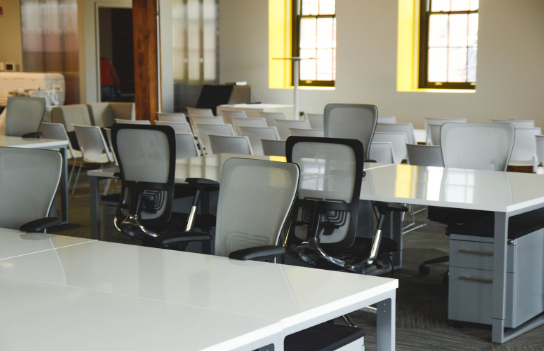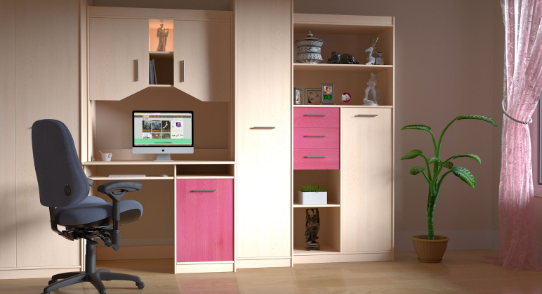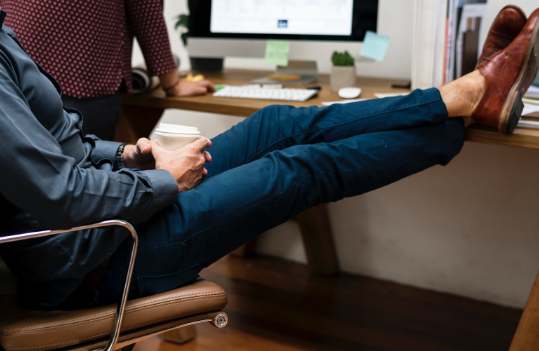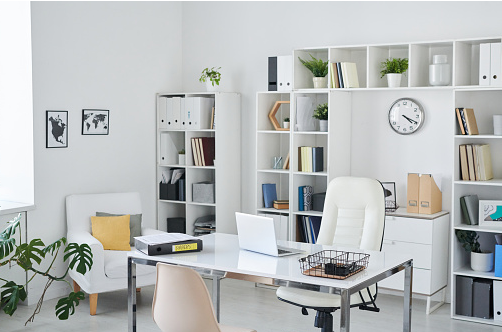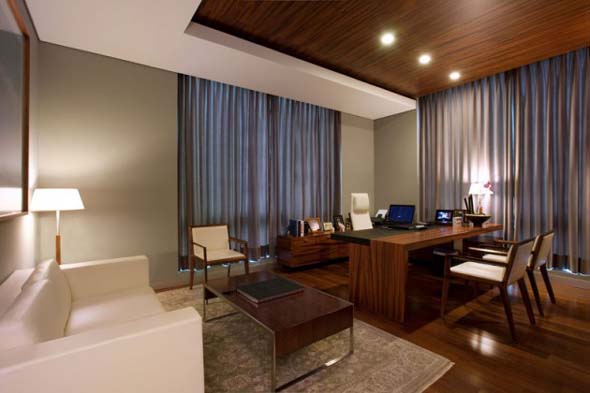Sitting at a desk for endless hours might be great for the pocketbook, but it’s not so beneficial health-wise. Sitting disease is the new workplace dilemma that employers want to counter because of $880 billion in healthcare costs and another $530 billion in lost productivity. Of these workplace health complaints, desk workers suffered the highest rate of absences from back injuries and carpal tunnel syndrome. Here’s how investing in a COE Office would help the corporate, managerial and administrative workers that spend three-fourths of their day sitting.
Medical Concerns
Most workers are so focused on their work that they rarely think about their posture. Over time, a person will start to feel lower back pain, muscle cramps, shoulder stress and hand pain. Sedentary behaviors become habitual and cause damage to the skeletomuscular system.
Buying Your COE Office Chair
Ergonomic office chairs are great tools for promoting a healthy work environment. Desk workers will have better back support and posture positioning. When shopping, take the time to adjust the chairs to your body type and notice how shifting and positioning will improve posture greatly.
You also need to think about the height of your workstation when choosing an office chair. The desk and chair need to align with a person’s shape and size. Here are a few essential tips and guidelines to remember to guarantee you select the correct office chair for your workstation.
Eye Alignment
When sitting in your chair, your eyes should be aligned with the center of the computer screen. If it is not centered perfectly, adjust your see accordingly to reduce back strain.
Posture
Make sure your posture is erect and your bottom is situated at the back of the chair. Be mindful not to hunch forward over the keyboard as it puts stress on the lumbar discs.
Arms, Shoulders and Elbows
Take the time to adjust the chair’s armrests just enough to boost the shoulders and arms so workers don’t slouch as it will reduce the strain on the shoulders and back areas. The elbows should also rest at a 90-degree angle to the desktop surface and keyboard.
Height
Chair height can be adjusted with the lever between 16 and 21 inches.
Staying Active
The best way to counterbalance inactivity is with activity, so there are a few ways to accomplish this when stuck at a desk job. It’s also a great way to reduce back and muscle strain. First, an employer will want to invest in sit-to-stand ergonomic office furniture to promote productivity. Workers will also have chances to stand up, stretch muscles and walk in place while working.
Desk workers also have two 15-minute breaks and a half-hour lunch break. Walking to the cafeteria, water fountain and bathroom will break up the monotony of sitting all day. This will increase muscle activity and get the blood flow circulating, which gives the back, muscles, joints, tendons and ligaments the movement they need to help workers concentrate and focus.
There are many different types of ergonomic office chairs. Make a note of your needs before shopping so that you can identify the chairs that will best help workers reduce back problems.

